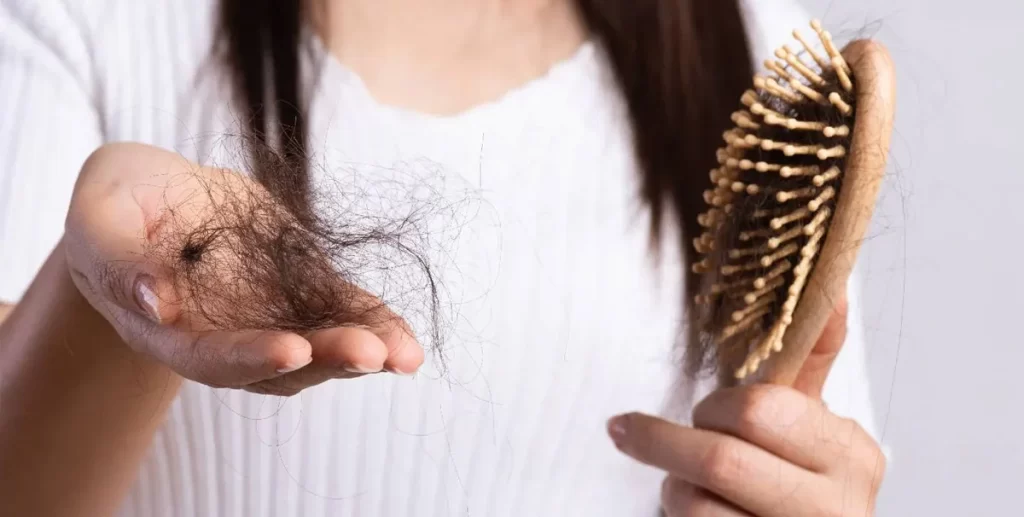
Hair fall is a widespread issue that affects people of all ages. While losing some hair daily is normal, excessive hair fall can lead to thinning, bald spots, and a decline in self-confidence. A trichologist, a specialist in hair and scalp health, can diagnose the root causes of hair fall and offer tailored treatments. Here’s a look at how a trichologist approaches hair fall concerns.
1. Initial Consultation and History
The first step in diagnosing hair fall is understanding the individual’s medical and personal background. The trichologist conducts a detailed consultation, asking questions about:
- Family history of hair loss
- Lifestyle factors like diet, stress, and sleep patterns
- Hair care practices, including product usage and styling habits
- Any recent health changes or medical conditions
This comprehensive assessment helps the trichologist build a clear picture of potential causes behind the hair loss.
2. Scalp and Hair Examination
A close examination of the scalp and hair is crucial in understanding the nature of hair fall. The trichologist looks for signs such as:
- Thinning hair or miniaturization (thinner hair strands)
- Scalp conditions like dandruff, inflammation, or infections
- Hair shaft strength and overall texture Using specialized tools like a dermatoscope, they can view the scalp more closely, identifying any abnormalities that may not be visible to the naked eye.
3. Diagnostic Tests
In certain cases, additional diagnostic tests are required to pinpoint the cause of hair fall. These may include:
- Blood tests to check for nutrient deficiencies, hormonal imbalances, or thyroid problems.
- Scalp biopsy to examine tissue samples in cases of unexplained hair loss.
- Hair pull test, where a trichologist gently tugs on a section of hair to determine how much hair is falling out. These tests provide more detailed insights into underlying health issues that may be causing the hair loss.
4. Personalized Treatment Plan
Once the diagnosis is confirmed, the trichologist designs a customized treatment plan tailored to the individual’s needs. Common treatments include:
- Topical solutions, such as minoxidil or anti-inflammatory treatments, to promote hair growth and reduce scalp irritation.
- Dietary recommendations to address nutritional deficiencies, including supplements like biotin, iron, or omega-3 fatty acids.
- Platelet-rich plasma (PRP) therapy, where the patient’s blood plasma, rich in growth factors, is injected into the scalp to stimulate hair growth.
- Low-level laser therapy (LLLT), which uses light to improve cellular function and boost hair regrowth.
- Prescription medications such as finasteride for genetic hair loss.
The treatments are tailored to the cause of hair fall and can be adjusted over time based on the patient’s progress.
5. Ongoing Monitoring and Adjustments
Hair fall treatments often take time to show results, and a trichologist will monitor the progress through regular follow-up appointments. These check-ins help evaluate the effectiveness of the treatment and make necessary adjustments, ensuring optimal results.
6. Preventive Care
Preventing future hair fall is just as important as treating current hair loss. A trichologist will offer practical advice on how to maintain scalp health and protect hair from damage. This might include:
- Avoiding harsh chemical treatments or heat styling
- Using mild, scalp-friendly hair products
- Reducing stress and improving overall well-being
Conclusion
A trichologist’s expertise lies in their ability to identify the cause of hair fall and create a personalized, effective treatment plan. With their knowledge, individuals can not only treat current hair loss but also take proactive steps to maintain long-term hair health. If you’re facing hair fall concerns, consulting a trichologist can be the key to restoring both your hair and confidence.

